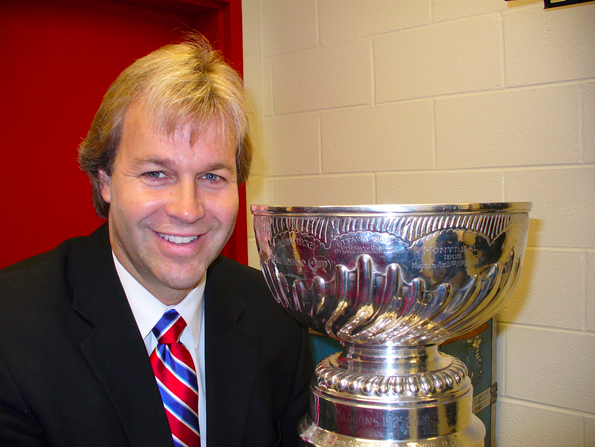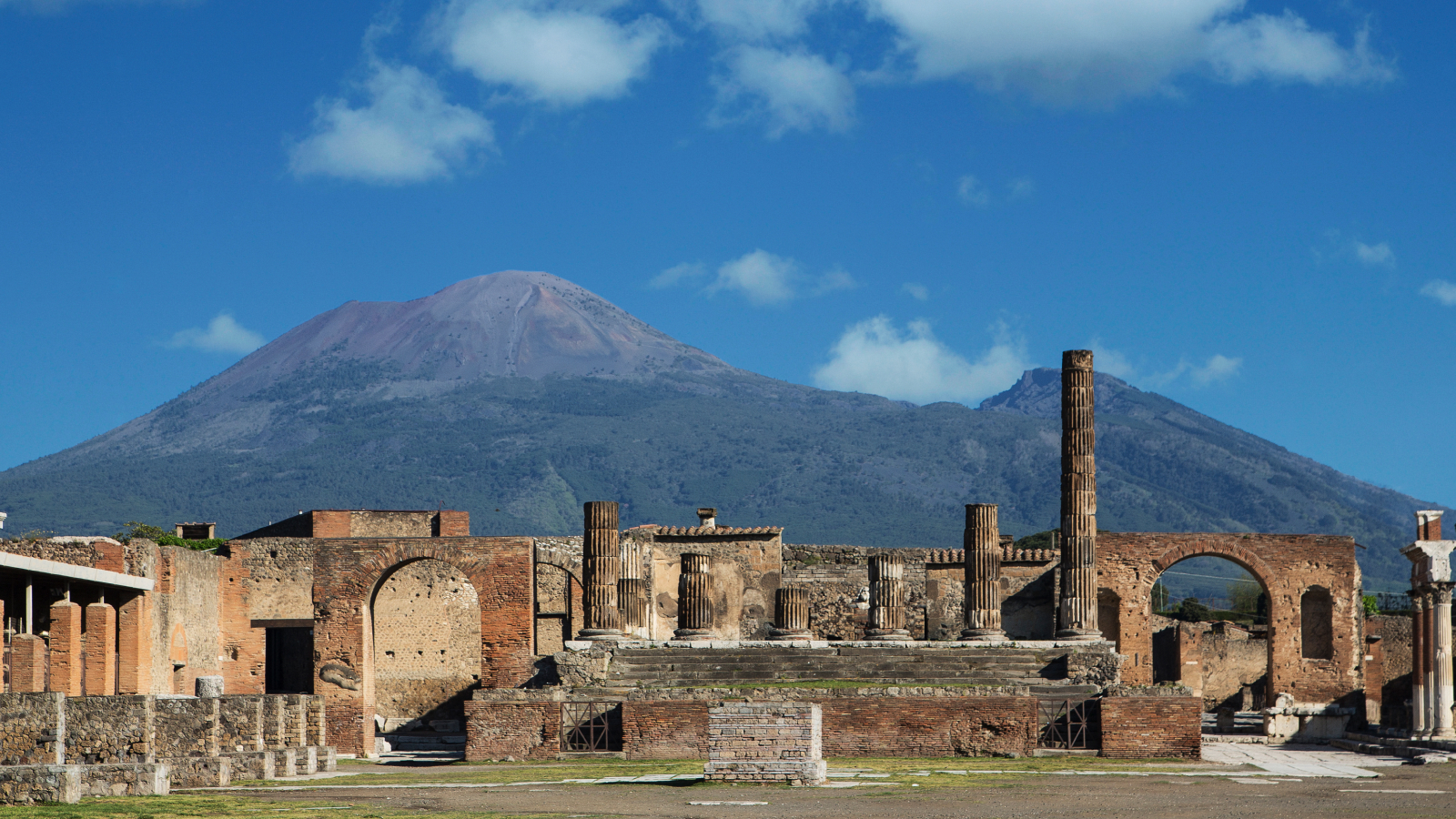The One Thing the Stanley Cup’s Bodyguard Won’t Do

The Stanley Cup is not only the top honor awarded in hockey, it is also the perfect metaphor for a hockey player. It is tough, resilient and can take a hit. But after a while, those qualities can take a toll on a 120-year-old trophy.
Keeping the prestigious cup safe presents quite a challenge for Phil Pritchard, the curator of the Hockey Hall of Fame. He is one of four men tasked with traveling with the most famous trophy in sports as it makes its annual rounds with Stanley Cup champions. One of the traditions of hockey is that each member of the Stanley Cup championship team gets to spend one day with the trophy. And where the cup goes, Pritchard follows.
And, he’s got some interesting stories to tell.
[The Best Jobs For People Who Love to Travel]
"Last year we were in Slovenia, this year we have been to Siberia, Slovakia, Czech Republic, Sweden and Finland," Pritchard said. "We go to these cultures and different drinks are consumed out of it and different foods are eaten out of it. If the cup could talk it would be a best-seller, because the stories it could tell on where it has been and what's gone on has been pretty amazing."
Some of those adventures include visits to strip clubs, mountaintops and the bottom of pools to name a few. Those adventures and subsequent trips to repair shops led to a little more structure for the traveling program of the cup, which is where Pritchard comes in. For more than 20 years Pritchard has been protecting the cup, and with good reason.
The cup was a gift from Lord Stanley, the governor general of Canada in the 1890s, to the top amateur hockey team in Canada.The original trophy was a 7-inch bowl. The current trophy is 3 feet high and weighs 35 pounds.
Sign up for the Live Science daily newsletter now
Get the world’s most fascinating discoveries delivered straight to your inbox.
It is one of the few original trophies in professional sports, meaning there is not a new one made every year. Each member of the winning team has his name engraved on the trophy, which can hold more than 2,000 names. To keep the trophy in pristine condition, Pritchard and the other keepers put the silver-and-nickel cup through an extensive cleaning regimen.
"We clean it daily," Pritchard said. "We are always cleaning it of fingerprints and it goes in for professional cleaning twice a year. One of the unique things about hockey is that the artifacts are actually getting used, like the National Hockey League trophies. That is one of the reasons it makes the game so great."
"It is a thing that makes grown people act like kids, because they are reliving some of their youth," Pritchard said. "They remember something unique about it when they see it and are driven to happiness or sadness and other emotions. However, the biggest emotion is always awe."
Follow David Mielach on Twitter @D_M89 . Follow us @bndarticles, Facebook or Google+. Originally published on BusinessNewsDaily.
Why is yawning contagious?
Scientific consensus shows race is a human invention, not biological reality










